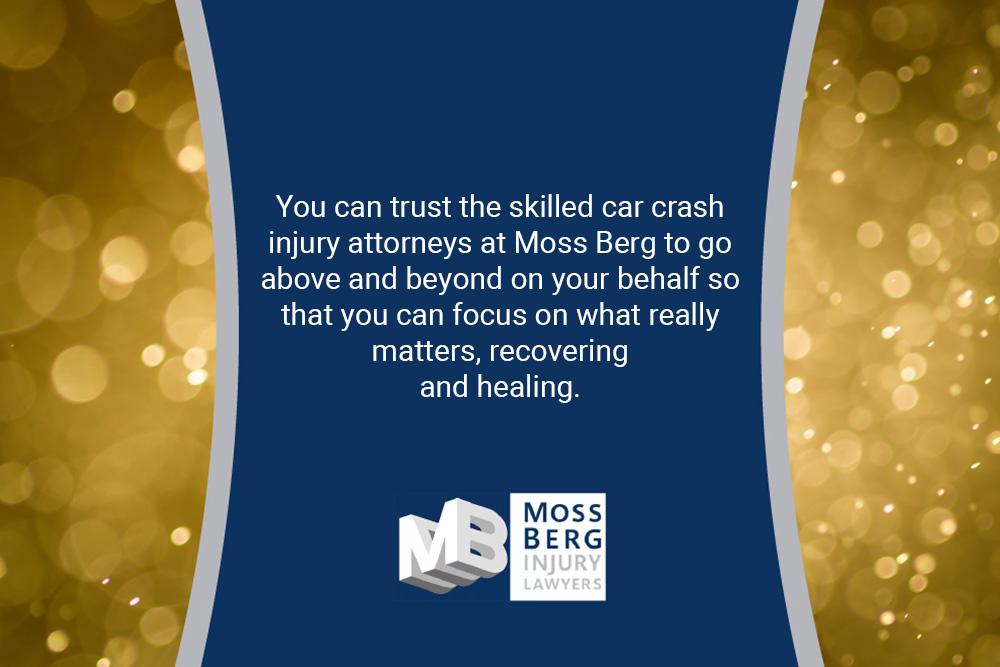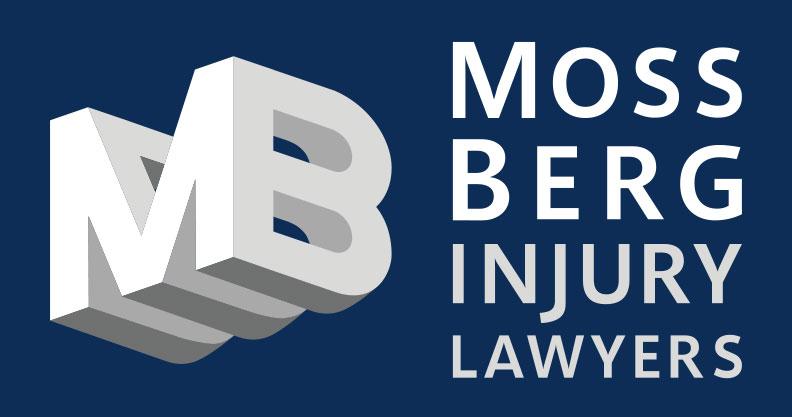by senditrising
Share
by senditrising
Share

Las Vegas is a sprawling city with a local population of over 600,000 people as well as tens of millions of annual visitors. Unsurprisingly, this means that car accidents happen every day in the metropolis and throughout the rest of the state. In many cases, accidents are caused by the negligence of the primary at-fault party.
After a Nevada automobile collision, the person responsible for causing the accident must be held legally liable for any resulting damages. So how does Nevada determine negligence after an automobile crash? That is exactly what we are here to investigate.
Have Questions? We Have Answers! Call Moss Berg Nevada Personal Injury Trial Lawyers Now!
Hiring an attorney could be a smart move if you were in a car accident in Nevada because of someone else’s negligent driving. If you need help filing claims or have specific questions for car injury attorneys in Nevada, you call Moss Berg injury law at 702-803-3227! In the meantime, you can keep reading to learn how Nevada determines negligence after a car crash.
Understanding Comparative Negligence Laws
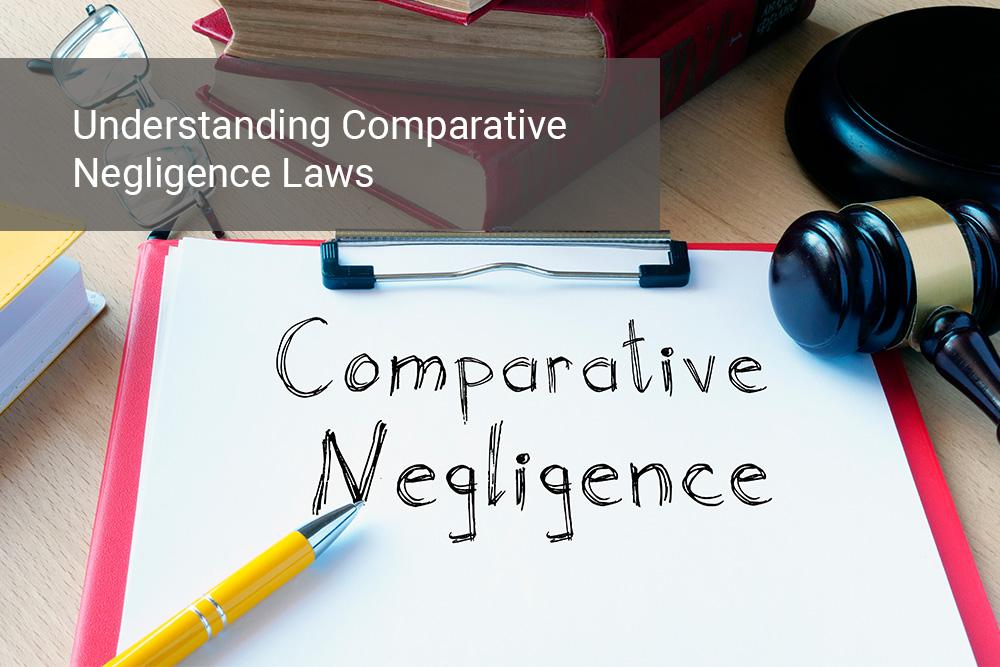
According to NRS 41.141, Nevada follows a comparative negligence rule. This rule establishes modified comparative fault in all cases involving negligence. The law lets victims recover damages even if they are found to be partially at fault for an automobile accident. However, it is crucial to understand that the victim’s damages may be reduced based on the extent that they are found to be at fault for an accident. For this reason, hiring a Nevada injury lawyer after an automobile accident involving negligence may be wise. Your attorney will provide evidence to help substantiate your claims and ensure that your damages are covered as thoroughly as possible.
Each Party’s Degree of Negligence will be Considered
The principle of comparative negligence is a tort law used by the court to determine the amount of damages a plaintiff can recover when filing a negligence-based claim. So, the degree of negligence that each party involved in the incident contributed will be considered. The principle of comparative negligence is most commonly applied in automobile accidents. For example, if two drivers break the law in the same traffic accident, both of their claims could be denied. Negligence could be divided 50/50, 70/30, 80/20, and so on. This is why it is so important to prove negligence and provide evidence to back up your claims if you are the victim of an automobile accident in Nevada.
Under comparative negligence rules, recovery is based on both parties’ degrees of fault. Comparative negligence lets the negligent plaintiff recover certain damages for their injuries from an insurance provider. Additionally, comparative negligence prevents the defendant from being entirely relieved of responsibility even if the plaintiff failed to exercise their adequate duty of care.
The Four Elements of Comparative Negligence
The four primary elements of comparative negligence are as follows:
- Duty
- Breach
- Causation
- Damages
Duty represents the duty of care that both parties owe one another on the road. Ergo, running a stop sign demonstrates one party’s failure to implement their duty of care to other drivers on the road, leading to a breach of this duty, which is the second component of comparative negligence. Causation must also be considered. Ergo, what was the cause of the breach of the duty of care? Damages are then awarded based on liability and the determination of fault.
In Nevada, What is Modified Comparative Negligence?
Modified comparative negligence allows a victim to recover damages as long as their fault is less than the fault amount assigned to the defendant. For instance, if a plaintiff is found to be 30% at fault for an accident, and a defendant is found to be 70% at fault for an accident, the plaintiff will be able to recover damages. This is because their percentage of fault is lower than that of the defendant. As long as a plaintiff has a percentage of fault that is less than 50% of the fault assigned to the defendant, they can recover damages for the losses they sustained in a Nevada car crash.
How to Prove Negligence in Nevada Following a Car Wreck?
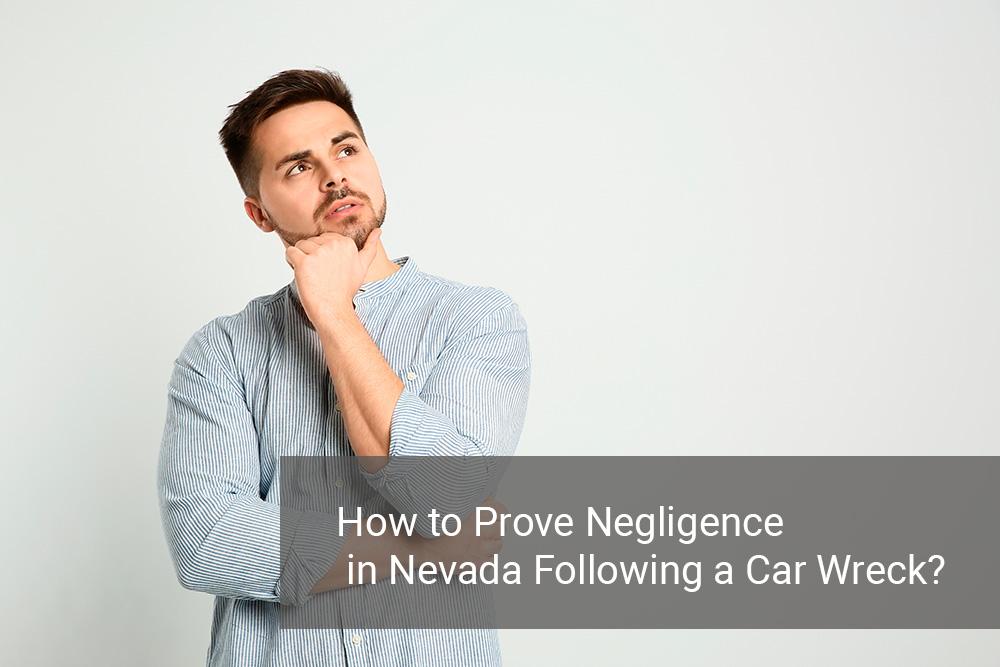
To prove negligence following a car accident, the plaintiff must prove that the defendant failed to provide a reasonable duty of care. In a car crash, a duty of care is a driver’s legal obligation to follow traffic laws and operate their vehicle rationally and safely.
In Nevada, the evidence surrounding the collision will be considered as fault is determined. Comparative negligence is used to determine how much compensation is owed to a victim by the at-fault party. Under the Nevada rule of comparative negligence, an individual’s actions before and during the car accident will be compared to the actions of the other party. Ergo, based on evidence, the actions of both parties will be compared to measure how much negligence should be divided between the drivers involved in the crash.
With Comparative Negligence, What Happens When There are Multiple Defendants?
If more than one defendant is involved in a Nevada automobile accident, modified comparative negligence rules assign the appropriate amount of fault to all parties involved. So, if there are two defendants and one plaintiff, the collective fault of all of the defendants combined must be more than the fault of the plaintiff.
For instance, if the plaintiff was found to be 30% responsible for an accident, and one defendant was found to be 20% responsible for the accident while the other defendant was found to be 50% responsible for the accident, the plaintiff would still be able to recover damages. This is because the combined fault total for both defendants would equal 70%.
Should You Hire a Car Accident Lawyer in Nevada for a Negligence Lawsuit?
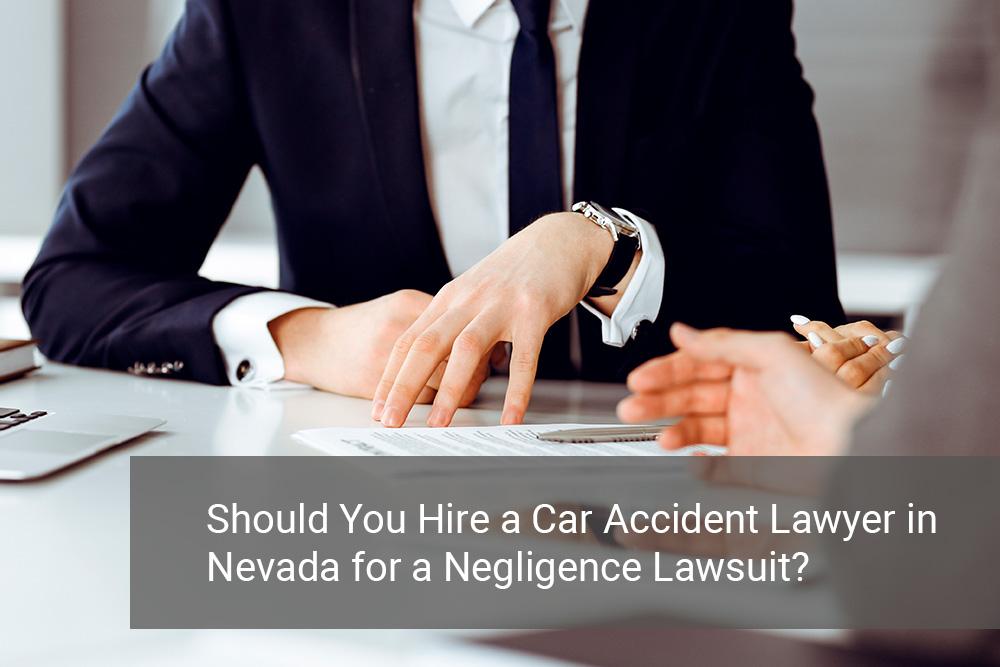
Hiring an injury attorney is a good way for victims to ensure that their car crash case will get the best outcome possible. A Nevada personal injury lawyer with experience assisting victims of automobile accidents can help you prove that the other party behaved negligently by gathering pertinent evidence, like witness statements, photographs, police reports, medical assessments, and more, to help you substantiate your claims after a car accident in Nevada.
Although, as a victim, you are not legally required to hire an attorney to represent your interests, a personal injury lawyer can help you get the largest settlement and recover the most damages. These kinds of attorneys are skilled in practicing injury law and know how to deal with insurance claims adjusters and other agencies to protect your rights and help you recover effectively after a car crash.
Seeking a Car Accident Lawyer in Nevada? Call Moss Berg Injury Law for Personalized Help Now!
Have you been looking for the best injury attorneys in Nevada? The team at Moss Berg Injury Law has your back! Here, you can find top-rated personal injury trial lawyers ready to fight for your rights and help you get the most compensation after your accident. With well over 50 years of combined experience helping clients with their personal injury cases, our team goes above and beyond to provide you with superiority.
Not only does Moss Berg offer concierge pickup services for victims whose vehicles were badly damaged, but you can also breathe easy with the Moss Berg Fee Guarantee. Our award-winning attorneys have been voted among the Best of Las Vegas Top Trial Lawyers in Nevada. You can trust the skilled car crash injury attorneys at Moss Berg to go above and beyond on your behalf so that you can focus on what really matters, recovering and healing. Click here to learn more or chat live with free, easy, and secure 24/7 assistance online at no obligation.
